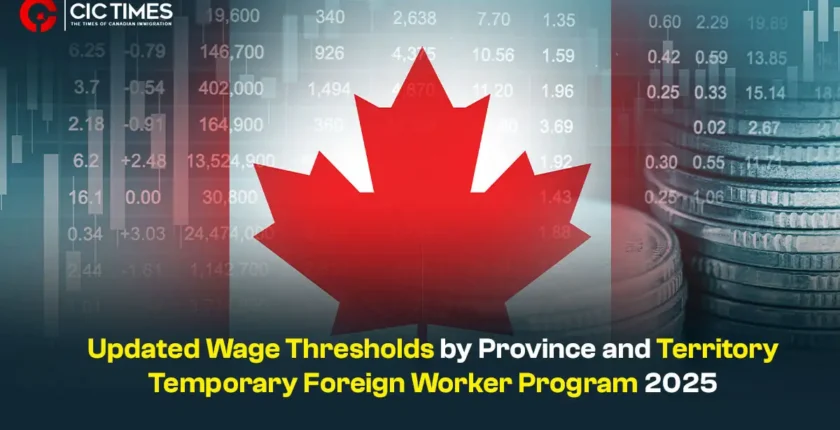Canada Increases Wage Limits for Temporary Foreign Worker Visa
Canada has recently updated the minimum wage thresholds for the Temporary Foreign Worker Program (TFWP), which will affect all Labour Market Impact Assessment (LMIA) applications submitted on or after June 27, 2025. This change aims to address the rising cost of living and ensure that temporary foreign workers (TFWs) are compensated fairly according to the local economy.
What’s Changing?
Employers utilizing the TFWP will now need to offer salaries that meet or exceed these new provincial or territorial wage limits. The wage levels help categorize jobs into high-wage or low-wage streams, which in turn dictate the necessary LMIA application process. If the wage is at or above the limit, employers must follow the High-Wage Stream, which includes additional requirements like transition planning for reducing dependency on TFWs. Conversely, if the wage falls below the threshold, the Low-Wage Stream applies, subjecting employers to stricter regulations, including recruitment limits.
Why This Matters
This wage update is based on the latest Labour Force Survey by Statistics Canada and incorporates a 20% adjustment related to the updated National Occupational Classification (NOC) 2021 system. These changes promote equitable treatment for foreign workers while creating a fair environment for Canadian job seekers. The new wage rules also impact:
- Canada Work Permit applications
- Provincial Nominee Program (PNP) eligibility—this program allows provinces to nominate individuals for permanent residence based on local labour needs.
- Validation of job offers, essential for those hoping to apply for Canadian PR—permanent residency.
Wage Thresholds by Province or Territory
Starting June 27, 2025, here’s how the wage thresholds will look for various provinces:
| Province/Territory | Old Threshold | New Threshold |
|---|---|---|
| Alberta | $35.40 | $36.00 |
| British Columbia | $34.62 | $36.60 |
| Manitoba | $30.00 | $30.16 |
| New Brunswick | $28.85 | $30.00 |
| Ontario | $34.07 | $36.00 |
Impact on Work Permits and PR Applications
If you’re looking to apply for a Canada Work Permit or seek residency through the PNP, these changes are crucial for you. For most PR pathways, particularly those linked to employment, salary levels must comply with regional standards, solidifying your job offer and improving your acceptance chances.
What Employers Should Know
Employers applying under the High-Wage Stream are required to outline a plan to reduce their reliance on TFWs and comply with all regulations concerning worker treatment and conditions. The Low-Wage Stream has more restrictions, including limits on foreign worker hiring and additional requirements for housing and healthcare.
Adapting to the Update
This update demonstrates Canada’s commitment to balancing economic growth with fair employment practices. It’s essential for employers to keep up with these wage policies to prevent application delays, while potential immigrants must understand these wage regulations, especially if they are planning to move from India or other countries.
Feeling uncertain about how these changes might affect your migration journey? Reaching out to a qualified immigration consultant can provide guidance and save you time and money.
What do you think?
Have a question about this topic or your own plans to move to Canada? Scroll down and leave a comment. We’d love to hear from you.


